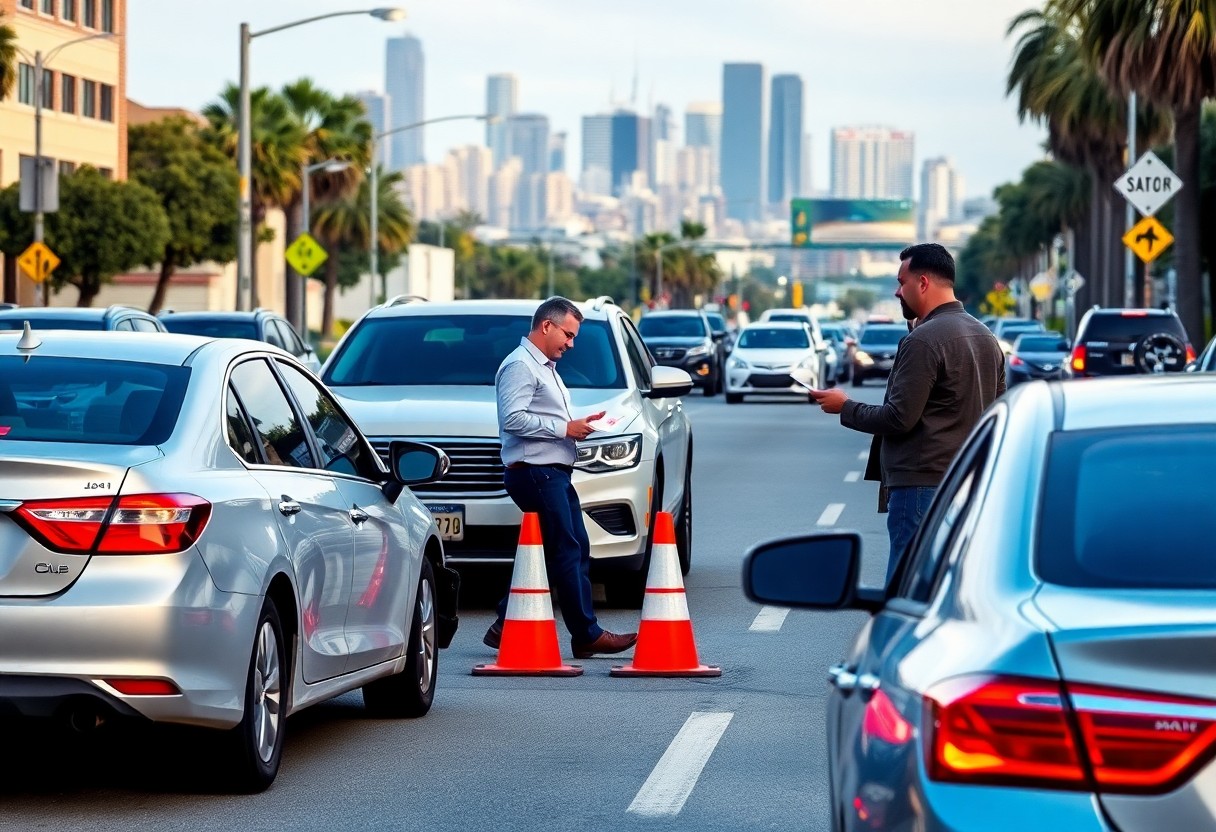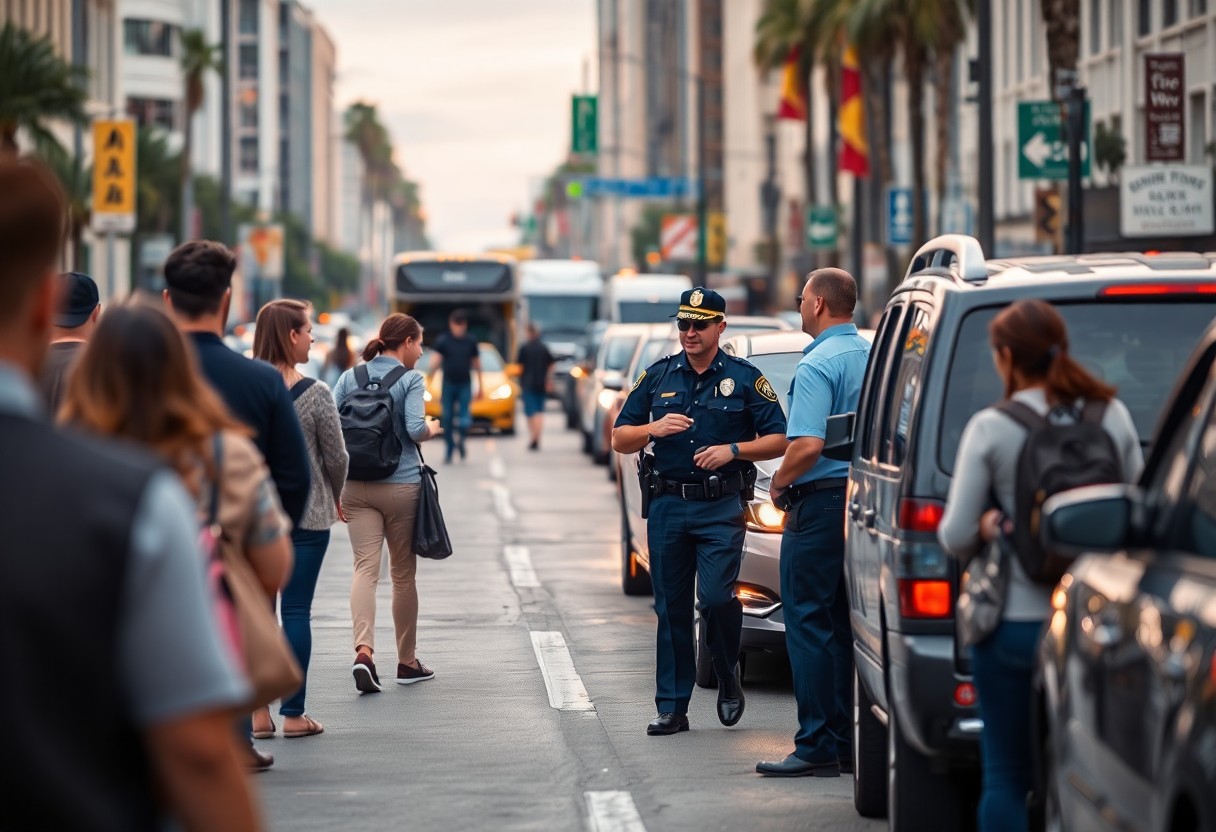Over the years, you may have noticed the rising number of accidents on our highways and backroads, highlighting the need for a shift in our driving behaviors. Advocating for safer driving is crucial, not just for your safety, but for the well-being of everyone on the road. Understanding the common hazards and implementing preventative measures can make a significant difference. Join us in exploring how you can contribute to a safer driving environment in the heartland, making every trip a positive experience for you and your fellow travelers.
The Heartland Highway Landscape
The Heartland’s highways are a blend of scenic beauty and operational challenges. These roads weave through vast farmlands, small towns, and rolling hills, creating a unique driving experience. However, they also present specific dangers and complications that every driver should acknowledge. Understanding this landscape is crucial to advocating for safer driving practices and addressing the risks that come with navigating these rural routes.
Rural Road Characteristics and Challenges
On rural roads, you often face a mix of long straightaways, narrow lanes, and hidden driveways. The lack of lighting and occasional wildlife crossings can make driving particularly hazardous. Potholes and uneven surfaces are common, demanding your full attention. Understanding these characteristics helps you recognize the risks and adopt safer driving habits.
Traffic Patterns and Regional Considerations
Between busy harvest seasons and local events, traffic patterns can shift dramatically in the Heartland. You may encounter larger trucks during these peak periods, which require more space and time to maneuver. Additionally, the blend of local drivers and tourists adds complexity, making it crucial for you to stay alert and adaptable.
Also, it’s important to note that seasonal changes can dramatically affect traffic conditions, from icy roads in winter to dust storms in summer. As you navigate these highways, be aware that frequent road maintenance and temporary closures may impact your route. Local events often lead to an influx of visitors, which can further complicate traffic dynamics. Staying informed about these regional factors will enhance your driving experience and promote safer roads for everyone.
Common Causes of Heartland Accidents
One of the primary contributors to the rising number of accidents in the Heartland is a combination of factors that include inattentiveness, speeding, and environmental conditions. The wide-open roads can often give a false sense of security, leading drivers to underestimate the risks associated with rural travel. Understanding these common causes is fundamental to promoting road safety in your community.
Distracted Driving in Rural Settings
With the increase in technology use, distracted driving has become a significant concern even in rural areas. You may find yourself tempted to check your phone or adjust the radio while driving on less congested roads. However, these distractions can lead to devastating consequences, ending in tragic accidents that affect not only you but also other road users.
Weather-Related Hazards and Seasonal Risks
Against the backdrop of idyllic scenery, weather-related hazards present serious risks on Heartland roads. From heavy rainfalls that can create slick surfaces to snowstorms that drastically reduce visibility, understanding these seasonal challenges is vital for your safety as a driver.
In fact, nearly 25% of all traffic accidents can be attributed to adverse weather conditions. When you drive during winter months, icy roads significantly affect your stopping distance and vehicle control. Similarly, during heavy rain or fog, reduced visibility can make even familiar routes perilous. By staying informed about weather forecasts and adapting your driving behavior when conditions change, you can proactively mitigate risks and ensure safer travels on the roads less traveled.
Vulnerable Road Users
Clearly, understanding the needs of vulnerable road users is vital for creating safer driving environments in the Heartland. These groups, often including pedestrians, cyclists, and agricultural workers, face unique challenges on the road. As you navigate these areas, it’s vital to stay vigilant and considerate, ensuring you contribute to a safer atmosphere for everyone.
Agricultural Equipment and Farm Traffic
Beside the typical vehicles you encounter on the road, agricultural equipment poses a significant concern in rural areas. These large machines often operate at slower speeds and may cause unexpected hazards as they navigate through traffic. When you observe such equipment, it’s vital to give them ample space and time, as often they can be difficult to see and maneuver.
Wildlife Encounters and Mitigation Strategies
Users of rural roads must be ever mindful of potential wildlife encounters. As you drive through these areas, it’s important to be alert for animals crossing the road, especially during dawn and dusk when activity peaks. Mitigation strategies include observing warning signs, using animal detection systems, and being aware of local wildlife patterns. Reducing your speed in known animal crossing zones significantly decreases the likelihood of collisions, which can be detrimental to both you and the animals involved.
The effectiveness of mitigation strategies cannot be understated; calming measures, such as reduced speed limits and wildlife crossings, play a significant role in preventing accidents. Assessing your surroundings and adjusting your driving habits can shield both yourself and local wildlife in their natural habitats. Employing technologies, like infrared motion detectors or reflective signs, offers additional layers of safety by alerting you to imminent wildlife crossings. By staying informed and proactive, you enhance the safety of your travels and contribute positively to your community’s values.
Infrastructure and Safety
To ensure safer driving conditions in the Heartland, it is necessary to address the outdated infrastructure and implement a comprehensive safety strategy. Investing in road design, improving visibility, and enhancing maintenance can significantly decrease the risks associated with driving. By prioritizing these improvements, you can contribute to a safer environment for all road users, ultimately fostering a culture of responsible driving in your community.
Road Design and Maintenance Issues
Beside the importance of regular road maintenance, evaluating road design is vital for safety in your area. Poorly designed roads can lead to *hazardous driving conditions*, where sharp turns, uneven surfaces, and limited shoulder space increase the likelihood of accidents. Your focus should be on advocating for better designs that prioritize safety and functionality to protect everyone on the road.
Signage and Safety Features in Rural Areas
Before you hit the road, understanding the role of effective signage and safety features can have a positive impact on your driving experience. Rural areas often lack adequate signage, leading to confusion and increased danger for drivers. You should be aware of the risks posed by insufficient warning signs for sharp curves, wildlife crossings, and school zones, which can contribute to serious accidents.
But taking steps to improve signage and safety features can make a significant difference in rural driving. Advocate for the installation of *reflective signs, pedestrian crossings*, and *adequate lighting* to enhance visibility for all road users, especially at night or during inclement weather. Well-placed signage alerts drivers to potential hazards, while clear markings on the road can guide them safely through tricky areas. By promoting these enhancements, you contribute to a safer driving experience for everyone in your community.
Community-Based Solutions
All communities can play a vital role in enhancing road safety through innovative, grassroots solutions. By fostering local engagement and prioritizing education and collaboration, residents can create a culture of safety that ultimately reduces the risk of accidents. These community efforts not only strengthen relationships among residents but also empower you to take charge of the safety of your roads.
Educational Programs and Local Initiatives
On implementing educational programs tailored for your community, you can raise awareness about safe driving habits. These initiatives can include workshops, school programs, and public campaigns to instill a sense of responsibility among drivers. Engaging local organizations in these efforts helps to promote a unified message that resonates throughout the community.
Collaborative Approaches with Law Enforcement
Approaches that involve collaboration with law enforcement can significantly enhance your community’s road safety initiatives. By partnering with local police, you create opportunities for increased visibility, public outreach, and enforcement of traffic laws. This collaboration helps to foster a sense of accountability among drivers, while also enabling you to build trust between citizens and law enforcement for a safer driving environment.
A successful partnership with local law enforcement can amplify the impact of safety campaigns. When you engage officers to participate in community events or educational initiatives, it promotes open dialogue and understanding between residents and authorities. Incorporating law enforcement into these efforts allows for real-time feedback on road safety issues, while also enabling them to share valuable insights on traffic regulations. Ultimately, these collaborative efforts can drive positive change, reduce reckless driving behaviors, and create a united front for safer streets across your region.
Technology and Rural Road Safety
Many rural areas are developing innovative solutions to enhance safety on the roads. Technological advancements have improved vehicle safety features and communication systems, making it easier for you to navigate and respond to emergencies. Understanding and utilizing these modern tools can significantly reduce the risks associated with driving in remote, less-populated locations.
Modern Vehicle Safety Systems in Rural Contexts
At the forefront of rural road safety are advanced vehicle safety systems designed to protect you in various driving conditions. Features like automatic emergency braking, lane departure warnings, and blind-spot monitoring are becoming standard in many vehicles. By familiarizing yourself with these technologies, you can enhance your awareness and reduce the likelihood of accidents while driving in rural areas.
Navigation Tools and Emergency Response Resources
Behind every safe journey lies a suite of navigation tools and emergency response resources that can be invaluable. Equipped with GPS navigation systems and emergency contact applications, you can find the safest routes and easily access help if necessary. These tools empower you to drive confidently, knowing that assistance is just a tap away.
Technology plays a significant role in enhancing your safety on rural roads. With the aid of GPS navigation systems, you can avoid hazardous conditions and unclear routes that are common in less populated areas. Additionally, you can leverage emergency response resources that connect you with local authorities or roadside assistance services at the push of a button. These features are particularly important when driving in isolated regions, where immediate help may not be easily accessible. By making the most of these technological advancements, you can feel more secure and prepared during your travels.
Summing up
So, as you navigate the roads in the Heartland, it’s vital to prioritize safety for yourself and those around you. Advocating for safer driving practices not only enhances your well-being but also fosters a supportive community that values responsible behavior. By staying informed about local road conditions, understanding the impact of your choices, and participating in educational initiatives, you contribute to a culture that promotes safer driving. In doing so, you pave the way for a future where everyone can travel with confidence and security.



















